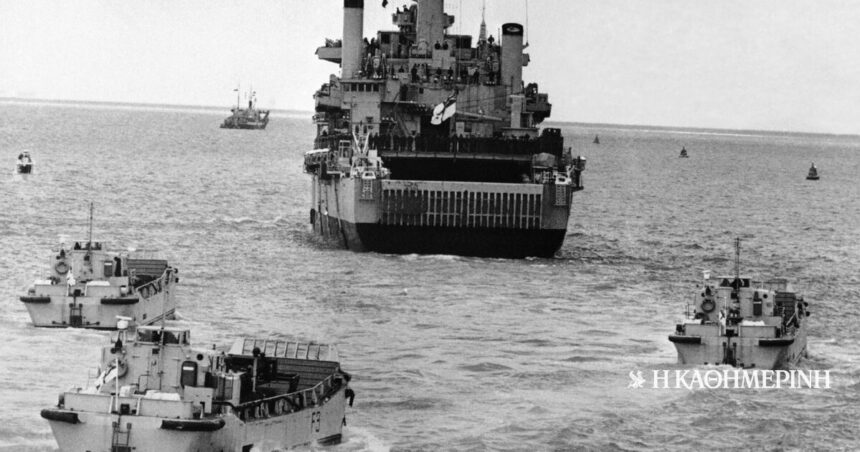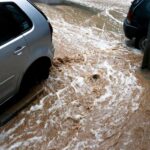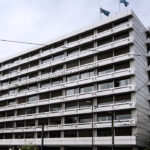In 1765 Captain John Byron, who was searching for the mythical Pepys Island, explored Saunders Island, which is 2.5 km away. off the coast of West Falkland, where he created the port of Egmond. The following year, Captain John McBride established a British settlement there. Soon, however, the British presence in the islands would be interrupted by the Spanish during the Falkland Crisis (July 10, 1770 – January 22, 1771). Financial pressures will force the Britain to withdraw in 1774, while the Spanish, who had meanwhile established a settlement of their own, withdrew in 1811. Since then, the islands have remained an important stop for whalers and sealers, who fled there for protection when the weather conditions were difficult in the South Atlantic.
In 1823, after their war of independence against her Spain (1810-1818), the United Provinces of Rio de la Plata granted the French merchant Louis Vernet land in East Falkland. Five years later, the United Provinces government made further concessions to Verne, which involved the East Falklands. These concessions included the utilization of all its resources and also provided for exemption from taxation in the event of a colony being established within three years. Vernet agreed to report regularly to the British consul, while also requesting British protection for his settlement on the islands.
When it returned to the Falklands, the port was renamed Puerto Luis. In 1829, the United Provinces made him governor of the islands, ignoring both British diplomatic protests to the move and the United Kingdom’s declarations of sovereignty over the islands. Shortly afterwards, the United Provinces conceded to Vernet exclusive right to hunt seals on the islands – a choice disputed by the British and US consulates and led to fresh diplomatic protests.
Vernet captured three American sealing vessels and brought their senior officers to trial.
Exercising the powers granted to him, in 1831 Vernet seized three American seal-hunting vessels in Falkland waters and brought their senior officers to trial. The US consul protested strongly, while at the same time the “Lexington”, of the US Navy, sailed to the Falklands. For his part, Vernet argued that, due to the attack of the American sailing ship, the settlement was destroyed. The result of these developments was to declare the islands free from any Authority and to arrest the seven senior officials of the settlement for piracy.
This incident prompted Britain to reassert sovereignty over the islands. Meanwhile, his govt Buenos Aires appointed Major Esteban Mestivier as the new governor of the islands, however upon his arrival on November 15, 1832, his soldiers mutinied and killed him. The mutiny was put down by sailors from the French whaler Jean Jacques and the British seal-hunting ship Rapid.
This was roughly the scene in the islands when ships with British forces under John James Onslow arrived there. British forces landed in the Falklands on January 3 and in a symbolic – and not only – move replaced the flags flying there. With this move, Britain claimed – now officially – sovereignty in the region.
The United Provinces Army, which had arrived shortly before, would be forced to withdraw two days later on 5 January. William Dixon was appointed in charge of the islands, and he had received the order that every vessel in the harbor should fly the British flag.
Column editor: Myrto Katsigera, Vassilis Minakakis, Antigoni-Despina Poimenidou, Athanasios Syroplakis




